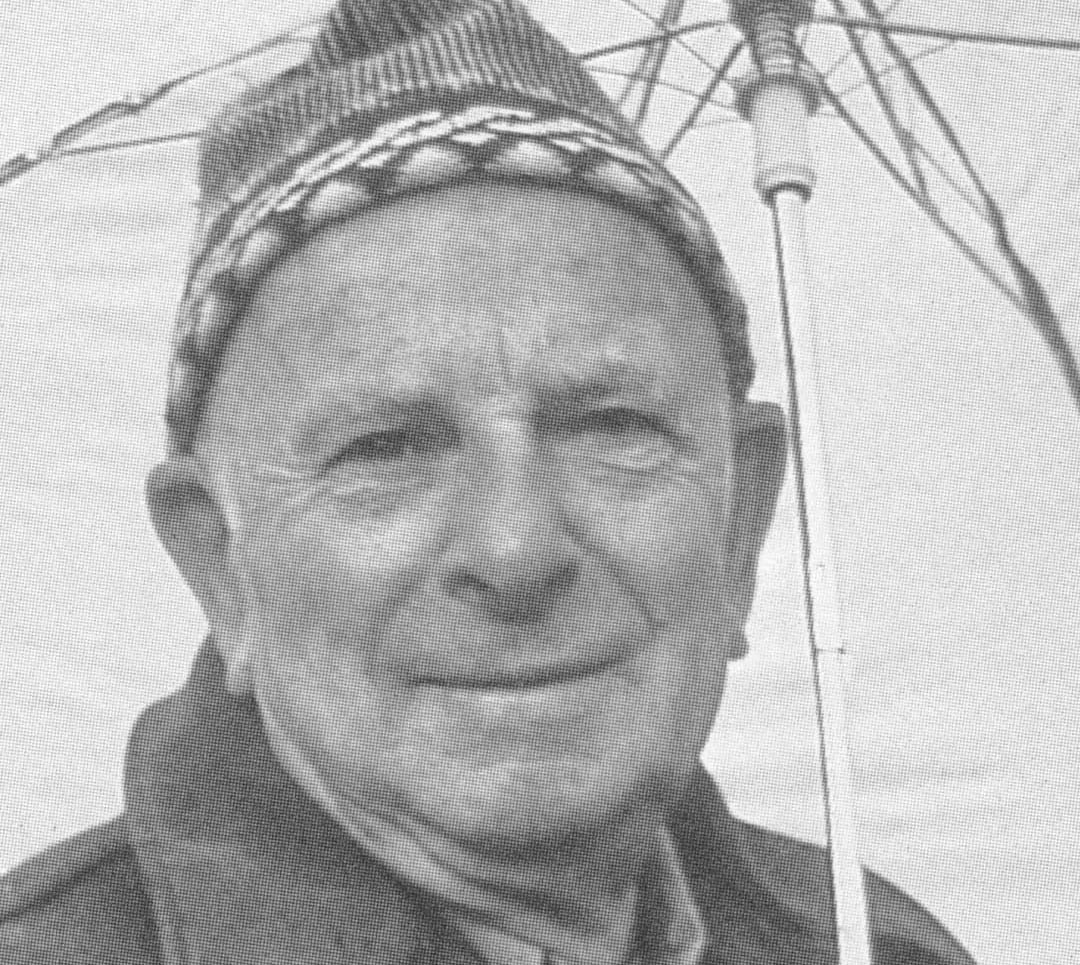

Contributor
- Topics: Archive, Garden Futurist

The world of horticulture and California botany has lost a legendary figure in the passing of Wayne Roderick at his home in Orinda, California. Those fortunate to have known Wayne personally have lost a true friend. Perhaps fittingly, he suffered the first of a series of debilitating strokes on a collecting expedition to the Sierra Nevada in July.
Upon meeting him in the 1970s, I asked Wayne which group of plants was his favorite. He replied, simply, ”plants.” He truly was plant-happy, as he would put it, and coveted any plant that fit his outwardly ambiguous but internally rigorous criteria of “a good plant.” On a recent survey of his front-porch collection, I found tropical orchids and begonias, Asian rhododendrons, African succulents, Mediterranean palms, native shrubs, and, of course, bulbs. Bulbs, corms, and tubers were his area of primary interest and expertise. His bulb collection revealed an impressive breadth and included rarities from around the globe. Thanks to his propensity for sharing, many of us now have comparable collections.
Wayne’s interest in plants began in his childhood in Petaluma, California, where his mother was an accomplished gardener. He ran the family nursery with his father until it closed in 1940. He then turned his focus to native plants and spent twenty-four years managing (and building) the California native plant collection at the UC Berkeley Botanical Garden. After establishing his reputation there, he took on the directorship of the Regional Parks Botanical Garden at Tilden Park in the Berkeley Hills, retiring from that position in 1983. At both gardens, he built world-class collections of native plants, with a particular emphasis on the state’s herbaceous flora.
Wayne was an insatiable plant adventurer, beginning each year with trips to Mexico and the deserts of the Southwest, then progressing up in latitude and altitude as the season advanced. He frequented England and the eastern Mediterranean and visited China, South Africa, Costa Rica, and Chile. He knew the British and American botanical institutions intimately and made many friends throughout his travels. Wayne was an open-hearted, genuine, and down-to-earth spirit who embraced people and friendships wherever he traveled.
For many years, Wayne produced his own list of wild-collected native plant seed, which he distributed to private gardens and institutions around the world at no cost. I joined him in this endeavor for almost a decade, merging my list with his. Managing the mailing lists, I learned just how many friends Wayne had throughout the world. Seldom did a request for seed arrive without a personal inquiry, anecdotes of shared experiences, or pictures of family and garden.
Wayne had many plant discoveries to his credit, including Ceanothus roderickii, Fritillaria roderickii, Erythronium purdyi subsp. roderickii, and Erigeron glaucus ‘Wayne Roderick’. He introduced and named a number of fine selections from our native flora, among them Garrya elliptica ‘Evie’, Carpenteria californica ‘Elizabeth’, and Heuchera micrantha ‘Martha Roderick’ (after his mother).
Active in horticultural societies and groups throughout the world, Wayne served on the board of directors of The Ruth Bancroft Garden and on the horticultural committee for the Jepson Manual; he contributed immensely to the California Horticultural Society, the North American Rock Garden Society, and the California Native Plant Society.
Though humble about his accomplishments and contributions, Wayne Roderick earned a place alongside such luminaries as Lester Rountree and Willis Linn Jepson through the enthusiasm for plants that he shared with everyone around him.








Responses